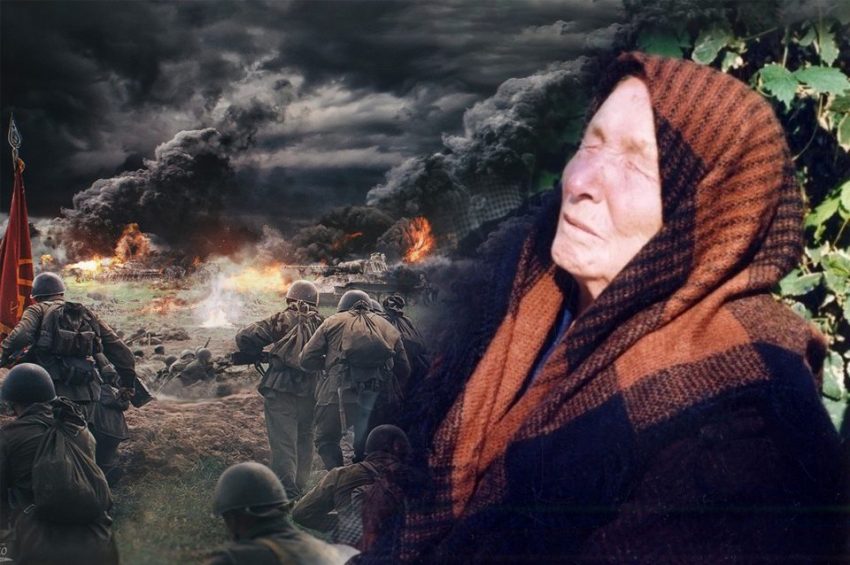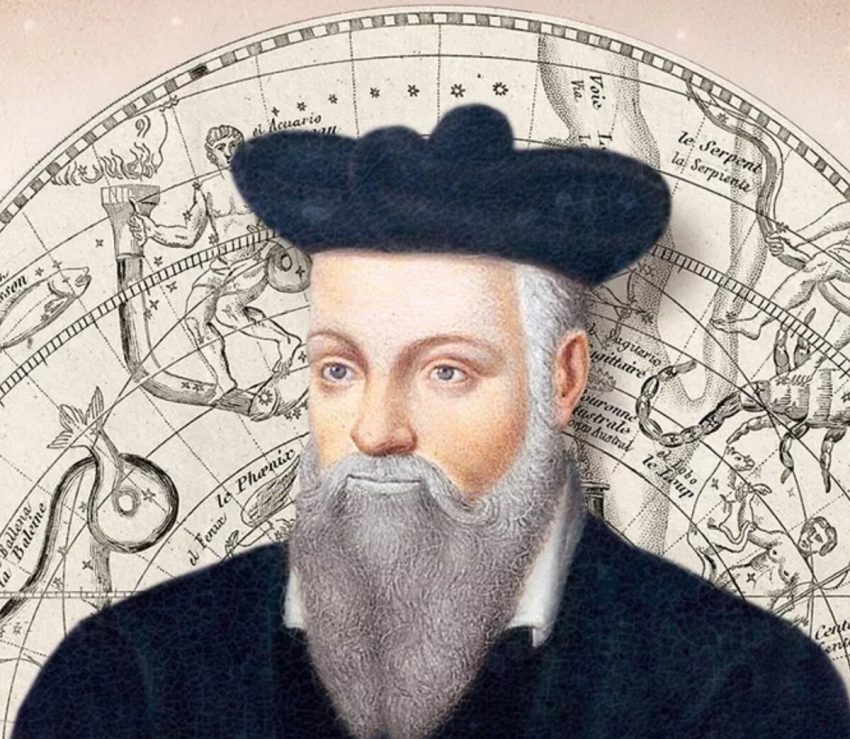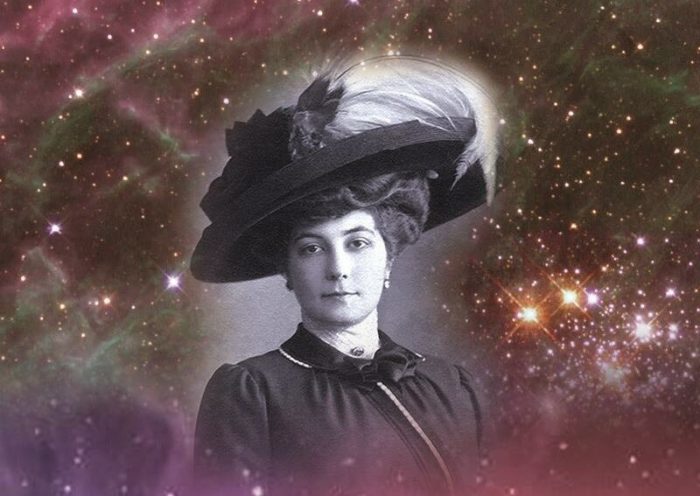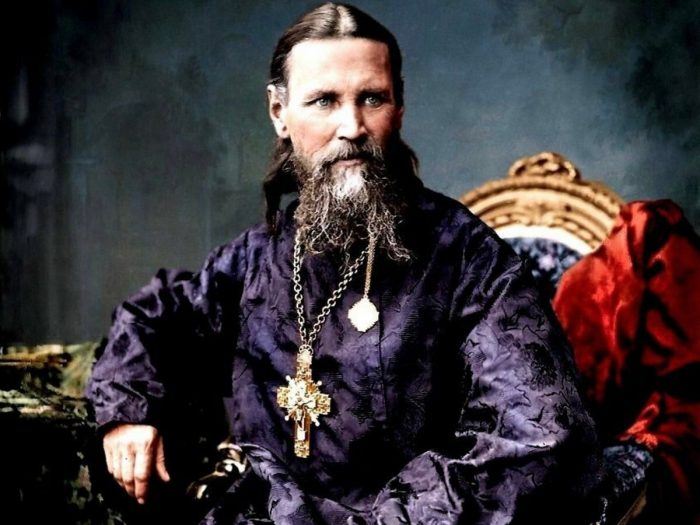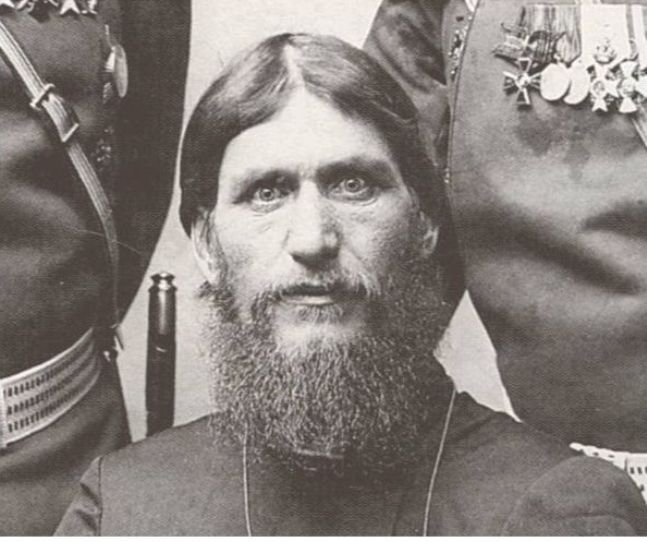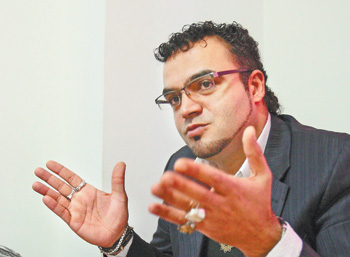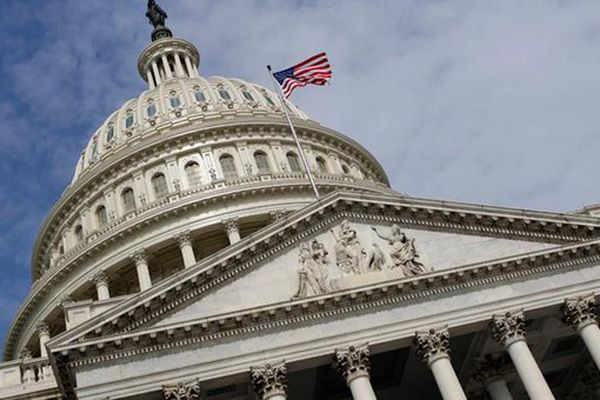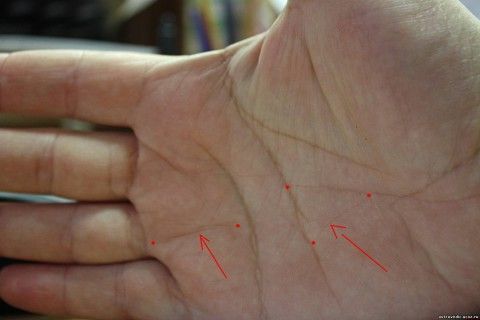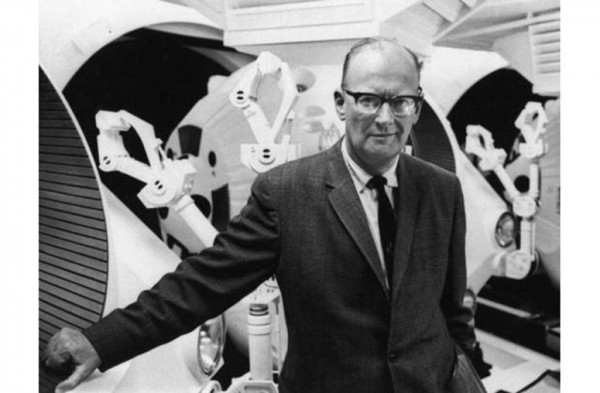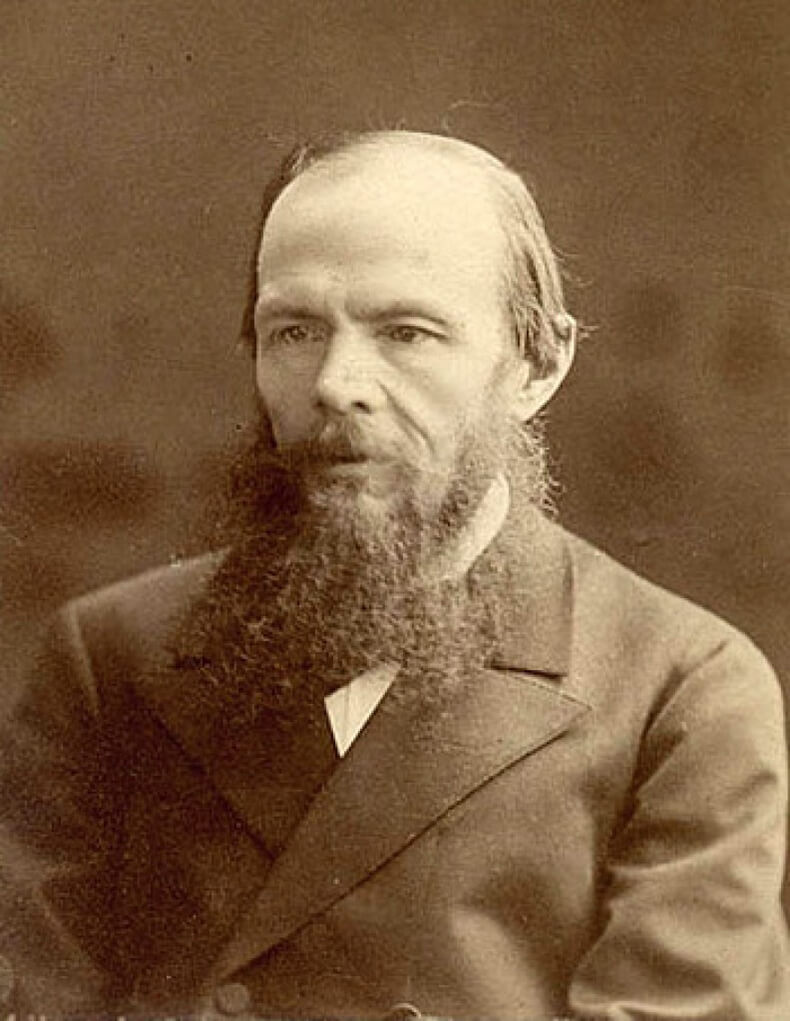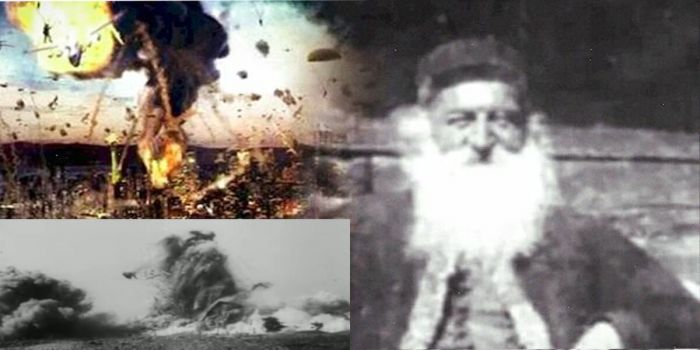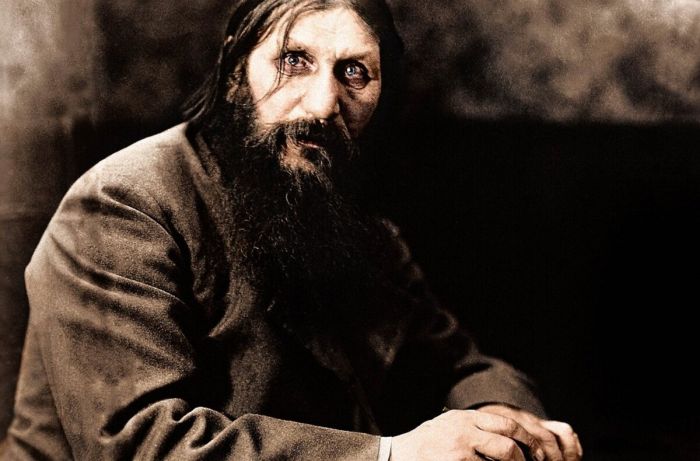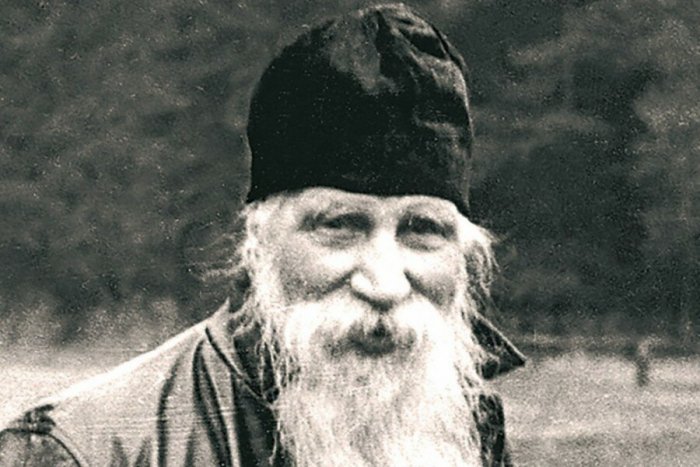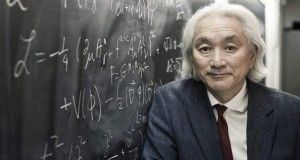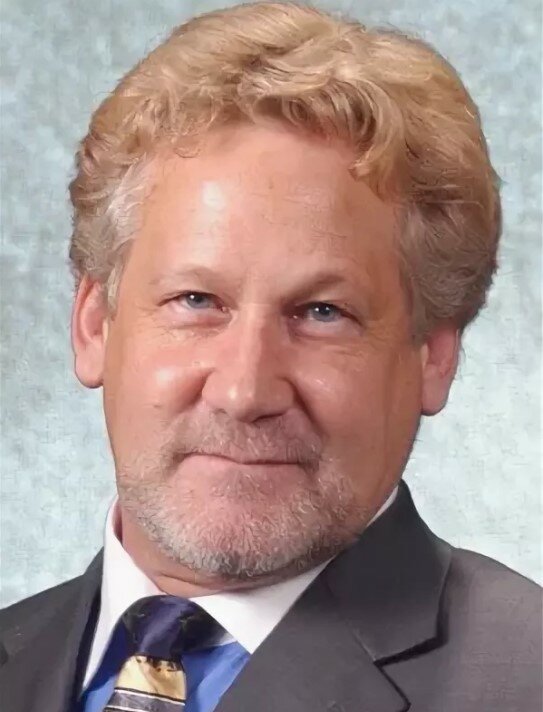Writers who predicted events from the future in their books (7 photos)
Few science fiction writers have escaped the temptation to talk about how they see the future of humanity. Well, this genre is called that because it allows you to talk about something that does not exist in reality. However, there are works that predicted scientific discoveries, political events and changes in everyday life so accurately that the thought really creeps in: did the writer use a time machine?
Technical innovations
It is rare that an author, painting a picture of a distant or not very future, will be able to resist and not introduce into the narrative a description of some cutting-edge gadget designed to make life easier for ordinary people. Of course, implanting professional skills directly into the brain or implants for telepathic communication is still a fantasy. But there are a few items that appeared in books years before they were actually invented:
- Young cosmonauts, heroes of Igor Druchin’s Ash Light of Selenium series of stories written in 1977-1980, wear devices on their wrists that suspiciously resemble a modern fitness bracelet. The device monitors the pulse and physical condition, and also allows you to track the location of the owner thanks to the built-in beacon. Why not a smart watch with a GPS function?
- A mobile phone and an answering machine first appeared on the pages of Yuri Dolgushin’s novel Miracle Generator, which was published in 1939. The protagonist of the novel, Nikolai Tungusov, invents a radiotelephone powered by microwave radiation. The prototype of such a means of communication was tested in the USSR in 1957 by Leonid Kupriyanovich. True, this device weighed about 3 kg, and the first truly mobile phone appeared in the USA in 1973. So we can say that Dolgushin was 34 years ahead of his time.
- Ray Bradbury in the dystopian novel Fahrenheit 451 described “shells” – miniature headphones that are inserted directly into the ears. In the same book, there are other essential attributes of the modern world: wireless headsets, flat-panel TVs, etc. Before the invention of earbuds, there were 34 years left; before the advent of Bluetooth technology – 38 years.
Astronomical discoveries
It is known that the existence of many space objects was predicted long before their actual discovery. And yet, some conjectures of science fiction writers plunge into amazement:
- In 1726, Jonathan Swift, describing the adventures of Gulliver on the island of Laputa, mentioned the studies of local astronomers who discovered 2 moons in the orbit of Mars. It was only in 1877 that a telescope was developed that was powerful enough to confirm the writer’s fantasy. True, the natural satellites of the red planet, Phobos and Deimos, bear little resemblance to the moons in shape and size. But that doesn’t make the coincidence any less surprising.

- Edmond Hamilton’s novel Captain Future Comes to the Rescue describes the protagonist’s adventures on Pluto. In particular, the author talks about the three moons of this dwarf planet: Charon, Cerberus and Styx. In 1940 nothing was known about Pluto’s moons. So the author allowed himself to dream up, inventing the number of planetoids necessary for the plot and taking names from Greek mythology. After 38 years, astronomers actually discovered a satellite of Pluto, calling it Charon. And in 2011 and 2012, the rest of the celestial objects mentioned by Hamilton were discovered.
- In Arthur C. Clarke’s A Space Odyssey, a comet is bombarded to obtain material for studying its chemical composition. This method was actually used in 2005, 47 years after the novel’s release.

- No less surprising are other coincidences. So, the scenario of the Apollo 11 expedition was very accurately described in the novel From the Earth to the Moon by Jules Verne in 1865. Like the stories of the French science fiction writer, the astronauts started from Florida, and on their return they splashed down in the ocean in a special module. Some similarities can be seen in the way the shuttle is launched into orbit. In the same novel, the idea of ”solar sails” first appeared, implemented today in the design of orbital stations.

However, it is no secret that almost all scientists involved in space programs were passionate fans of science fiction in their youth. It is not surprising that favorite works for many became a source of creative ideas.
Epidemics
Absolutely amazing and even frightening coincidences can be found in novels that tell about fatal diseases:
- Harry Harrison’s novel Plague from Outer Space, published in 1965, quite recognizably describes the stages of the development of the bird flu pandemic, and then the swine flu pandemic in the early 2000s.
- But Jack London was not so optimistic and in the story “The Scarlet Plague” predicted the extinction of the human race in 2013. Fans of this author’s work experienced a lot of unpleasant emotions when, exactly at the predicted time, an Ebola epidemic broke out in Africa.
Discoveries in medicine
The ability to heal diseases that are considered fatal has always excited science fiction writers. And some of them really managed to predict the development of medicine:
- Published in 1818, Mary Shelley’s novel “Frankenstein” literally blew up society with its revolutionary and even scandalous views on medicine and medical ethics. Then no one could have thought that the resuscitation with the help of electricity and organ transplantation predicted in the book would become a reality. Nevertheless, today many of Shelley’s ideas have come to life.

- Prostheses connected to the human nervous system are described in Martin Caidin’s novel “Cyborg” 41 years before the real advent of such technologies.
- Introduced in 2010, the technology of nanorobots capable of diagnosing and restoring the body was first described by Ivan Efremov in 1959 in his collection “Heart of the Snake”.
- Experiments on artificial insemination were first successful in 1973. But the idea itself had been proposed 49 years earlier by John Haldane in Daedalus, or Science and the Future.
- But surrogate motherhood was described in sufficient detail by Robert Heinlein in the novel My Name is Friday.
- Many of us at least once in our lives wanted to fall asleep and wake up in 30 years, when all problems will be resolved by themselves, and the people who betrayed us will grow old or even leave for a better world. Such a fleeting desire turned into a real consignment to suspended animation for the hero of Heinlein’s novel “The Door to Summer”. Then, in 1956, this idea was very popular among science fiction writers, although real research was not even planned yet. And so, in 2014, scientists for the first time conducted a successful experiment on immersing a person in a “cold sleep” – however, so far only for a few hours.
- When Aldous Huxley published his famous dystopia in 1932, genetic engineering was nothing more than a fantasy. However, after more than 40 years, much that was described with such accuracy in the work “Brave New World” began to come true. Although, of course, modern science is still far from the level shown in the novel.
Much of what science fiction writers have come up with for their worlds of the future is still an unattainable dream. However, medicine is developing by leaps and bounds, so it is quite possible that in a year or two one more of the writers’ predictions will become a reality.
Politics
When reading works of art, sometimes you just want to look at the date of creation: perhaps the book was written quite recently? It is hard to believe that the political events described by the author can come true so accurately. However, sometimes this happens:
- In 2013, a monstrous scandal erupted around the American intelligence agencies, who were listening to the telephone conversations of foreign diplomats, heads of allied states and other high-ranking officials. But the very idea of total control was covered in detail by George Orwell back in 1949 in the dystopian novel 1984.
- John Brunner’s book All Stand on Zanzibar describes the America of the future. Obama sits in the presidential chair, electric cars drive through the streets, satellite TV, laser printers and other modern gadgets are widely used in everyday life, the sale of marijuana is legalized. The reader gets a real shock when he realizes: the novel was written in 1968. It also mentions the European Union, which was formed 24 years after the publication of the book.

Life and everyday life
Much of what a modern person cannot imagine his life without was a fantasy a few decades ago and appeared only in the futuristic fabrications of writers:
- In 1888, Edward Bellamy published his utopia, Looking Backward, in which he told the story of a man caught in the year 2000. Money has completely disappeared from everyday life, and everyone uses “credit cards”.
- A tool for instant translation from one language to another is first depicted in Douglas Adams’ humorous collection The Hitchhiker’s Guide to the Galaxy. A similar feature appeared in Google only 35 years later.
- Modern waterbeds are first seen in Robert Heinlein’s Stranger in Strangerland, published in 1961.
- It is difficult to find a person who would not read Kir Bulychev’s stories about Alisa Selezneva. In the 80s, the videophone used by the heroes seemed something completely incredible. And today it is enough for us to turn on Skype to see the face of our interlocutor and hear his voice.
The sinking of the Titanic
One of the most extraordinary and inexplicable stories is connected with the work of Morgan Robertson. Of the several novels he wrote, only one gained fame: Futility, written in 1898. It tells about the collision with the iceberg of the newest ocean liner called “Titan”. It was a huge ultra-modern steamship, which had no equal in the world. 14 years before the death of the real Titanic, the author described in detail both the ship itself and the reasons that ruined it. Small details such as:
- month of death (April);
- collision with an iceberg on the starboard side;
- lack of lifeboats;
- doors between bulkheads that automatically close in the event of an accident, preventing most of the stokers from escaping;
- lack of necessary items on deck (in the book it turned out to be a hatchet designed for cutting off boat ropes, in reality – red emergency rocket launchers and binoculars).
The glory of the man who predicted the tragedy of the Titanic did not bring happiness to the author himself. But some of the passengers and crew members, having accidentally read this novel, at the last moment handed over their tickets and therefore remained alive.
Military equipment and weapons development

H. G. Wells is rightfully considered one of the luminaries of world science fiction. So, he foresaw not only the appearance of certain types of weapons, but also the very change in the nature of wars:
- In 1903, the story “Land battleships” describes combat vehicles in which one can easily recognize the tanks that first appeared on the fronts of World War I.
- 31 years before the bombing of Hiroshima and Nagasaki, Wells, in his novel The World Set Free, described the atomic bomb and the consequences of its use.
- In 1907, the book “War in the Air” was published. The author described in detail the aerial bombardment, the economic crisis due to disruptions in transport, inflation and the huge number of refugees. A few decades later, all these catastrophes came true with terrifying accuracy during two world wars.
There are many theories explaining how something that once existed only on the pages of novels suddenly comes to life. It is possible that people brought up on certain books themselves, with varying degrees of awareness, realize their own childhood dreams or fears. Or perhaps these amazing coincidences confirm the existence of the noosphere, from which writers, artists, and scientists draw ideas. Which version do you think is closer to the truth?






